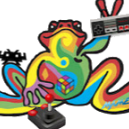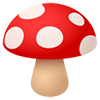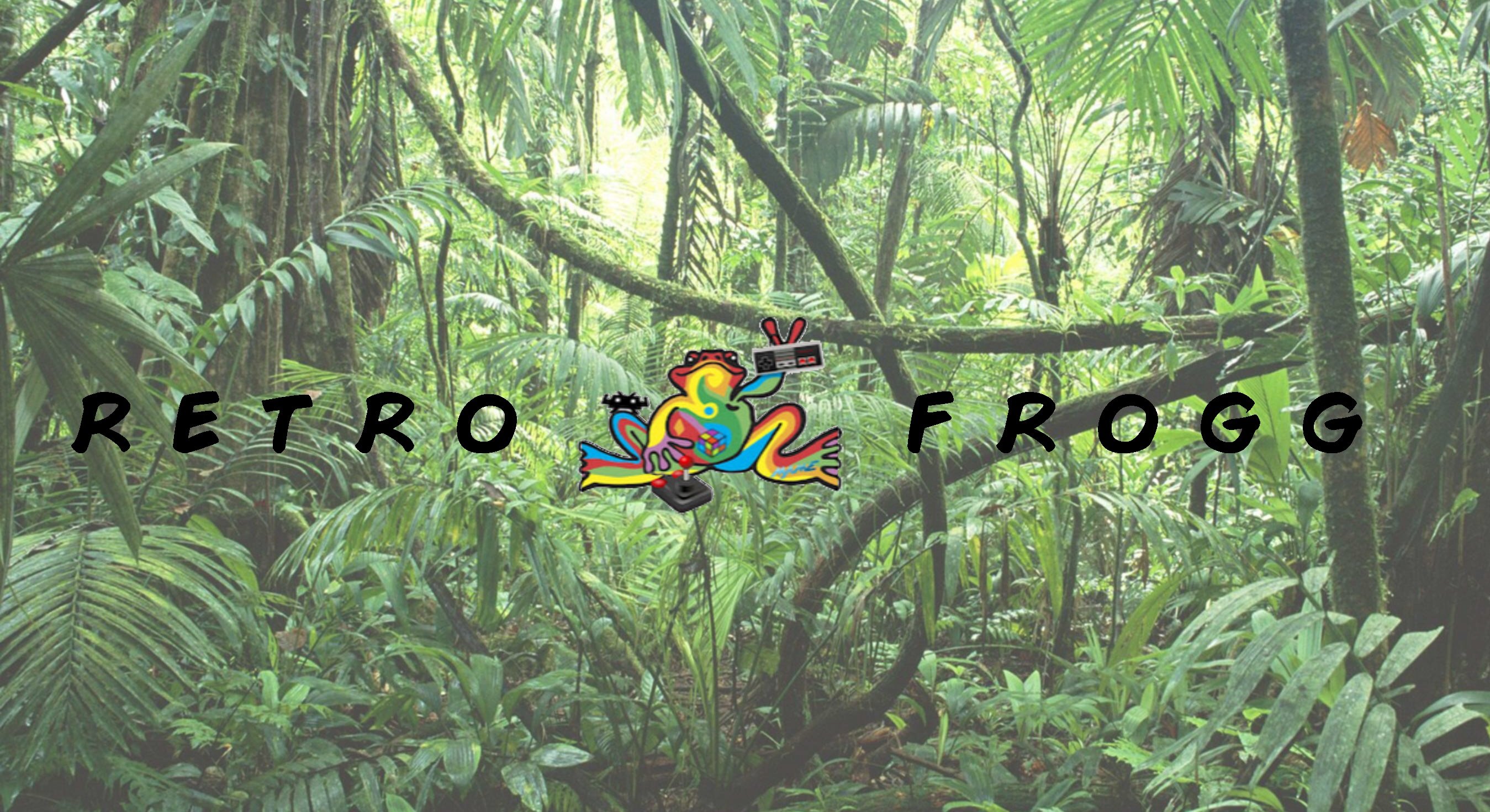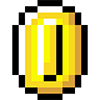-
Posts
1,361 -
Joined
-
Last visited
-
Days Won
8
Content Type
Profiles
Forums
Articles
Downloads
Gallery
Blogs
Everything posted by Retrofrogg
-
Hi @kobaturtle! Not yet found a fix unfortunately. But I'm glad to have found someone else with the problem, so I know that at least it's not just me! What's your hardware config?
-
Great update! Now just need support for all 4 (or at least the left and right) spines in the 3D box model
-
Game Database Comparison Project - auditing online game media databases & resources Situation The Launchbox Games Database is very good when it comes to finding game metadata and media (box art, cart art, manuals, videos etc), though it is not complete and lacking various organisational features. There are a number of alternative online sources of similar information, though it can be difficult to know which ones to use or what kind of search strategy to employ. Having all these disparate, competing and overlapping sources of similar information seems inefficient, confusing and lacking in joined-up working. When directing time and energy into improving this, it is unclear whether this is best done by contributing to the Launchbox Games Database or pursuing other options. Ideally there would be some form of unified master database where gold standards can be set and where the various communities can contribute more collaboratively. Background Various online games databases exist, as do other sources of similar information including forums hosting media packs, media repositories and more general gaming related websites. The aim of this project is to review what is out there, catalogue these and then audit them, examining their remit, scope, quantity of material, quality, general organisation and ease of use. They will be scored based on various criteria including their performance against a random list of 30 games. This will allow clear comparison of these resources, help clarify search strategies and identify scope for improvement. It is worth noting also that various improvements are planned for the Launchbox Games Database this year. Assessment I initially had a small table posted below, though as this project has increased in scope, I've moved to Google Sheets (see link below). The main sheet is the main comparison of resources, though every resource then has its own sheet where it is given a "score" out of a maximum of 261, based on its cover for a random selection of 29 games (only Launchbox scored so far). The header rows and columns don't seem to lock in this published version, sorry. https://docs.google.com/spreadsheets/d/e/2PACX-1vR2Ec1EqS3igbaAaawu9EUmb7DoNHhZEkKoB6goPshSfcuS8zz-8jCM_5sFHePF2yt9w7hpRBgas8uF/pubhtml Keep an eye on this as I'll continue working on it. I would hope that other users can contribute by posting any good links below that they know of. I will keep it all updated in the above spreadsheet. If this gains traction then perhaps the thread could be pinned for the benefit of others. @hydef I lost your comment due to creating a new thread, but I've added your suggestions to the spreadsheet, thanks!
-
This sounds interesting. It will be good when Launchbox has 3D cassette box models so we can use these properly. By the way, I do a lot of CPC box art stuff so we should maybe link up on this at some point.
-
That's awesome @JoeViking245, you're the man! It's useful because square boxes and rectangular boxes looks very different when they have the same default zoom. You're right, one size does not fit all. Now we can change this manually when we switch platform. If it could remember the setting for the different platforms that would be even more awesome Also - I don't know if this is possible - when you move the mouse to the second screen to rotate the box in Launchbox, the video stops playing on the main Launchbox screen (presumably as that screen is no longer active). Is there any way to have the video keep playing while you look at the box?
- 45 replies
-
It depends on the shape of the box, and the orientation of the monitor. There's a few variables in the mix which make for uneven box sizes, usually a bit too big. A setting in the app should be able to sort this I think!
- 45 replies
-
Would it be possible to add a setting for the starting zoom level of the box?
- 45 replies
-
Thats a shame; thanks for looking into it. I wonder if one of the devs might know a way?
- 45 replies
-
Apologies if this has been mentioned before. Could I request a feature - for the 3D rotatable box, could we have it rotate only horizontally? When rotating it with a mouse currently, it flips all over the place. Thanks!
- 45 replies
-
I don't think so, but you could vote for this as a feature request.
-
Very interesting @Gill Figno - would you mind sharing how you achieved that?
-
-

LaunchBox Multi Monitor and BigBox +3rd monitor plugin
Retrofrogg commented on JoeViking245's file in Third-party Apps and Plugins
- 85 comments
-

LaunchBox Multi Monitor and BigBox +3rd monitor plugin
Retrofrogg commented on JoeViking245's file in Third-party Apps and Plugins
- 85 comments
-
- 1
-

-

LaunchBox Multi Monitor and BigBox +3rd monitor plugin
Retrofrogg commented on JoeViking245's file in Third-party Apps and Plugins
- 85 comments
-
The edit images window in Launchbox seems to have an issue with the latest Beta. When scrolling through the images, parts of the previous image persist in the image area:
-
That does it, thanks @gig71! It would nice to have the option in Launchbox to apply the platform/parent icon to all child categories. Doing this manually for the hundreds of playlists would be a huge chore!
-
The icons look great, good work! How do we add icons where they are missing?
-
- 202 comments
-
- third screen
- platform marquee videos
- (and 3 more)
-
Awesome plugin idea. Speaking to others here I'm keen to try MiSTer, and an additional pull factor is that I currently can't get Win11 to work with CRTEmudrive to output the correct resolution to my CRT. I understand that MiSTer should sort that.









